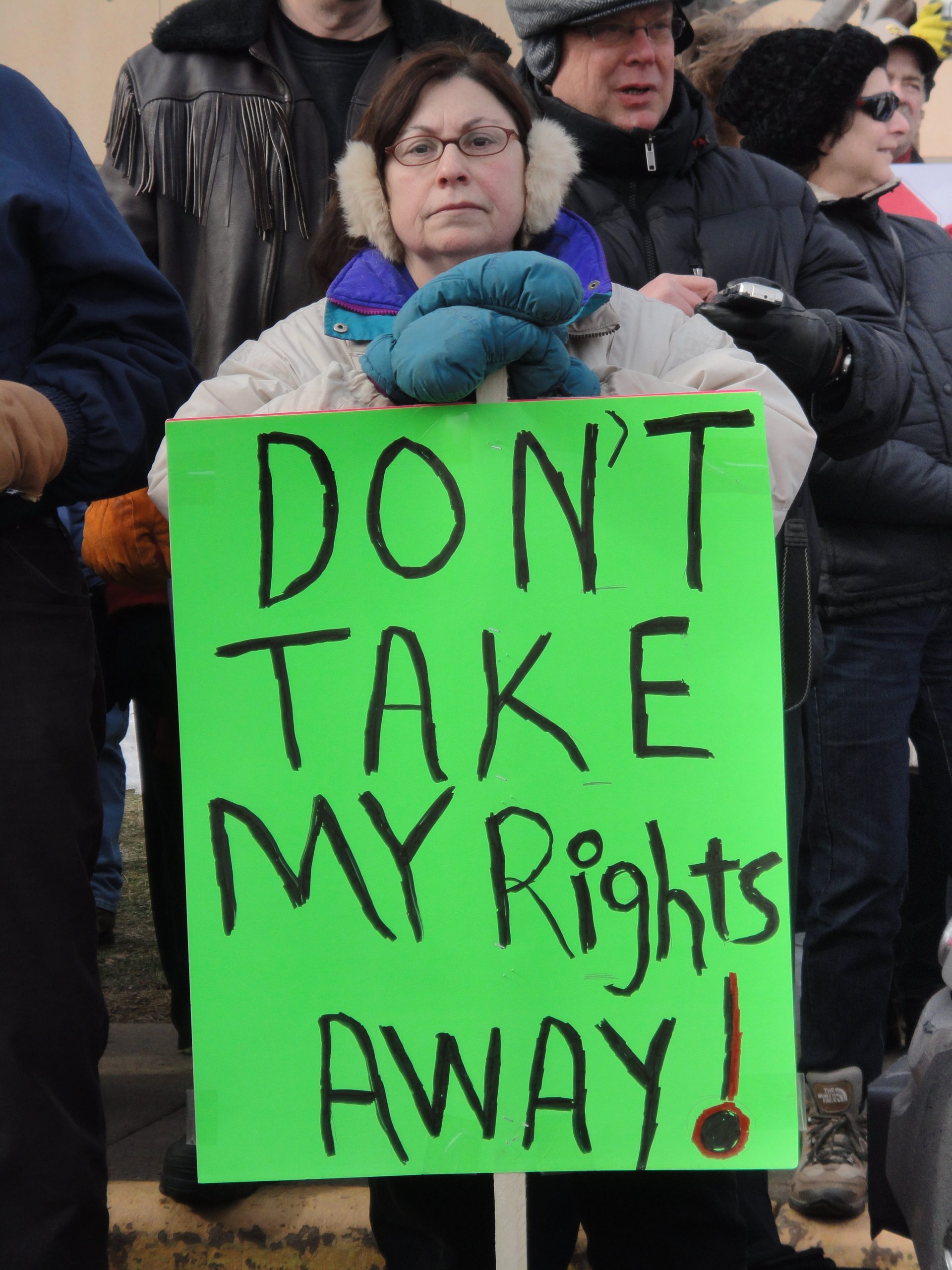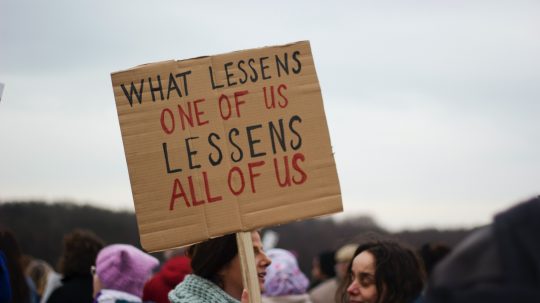What role does the HRA play in UK law?
The aim of the Act was to incorporate the rights contained in the ECHR into UK law. It makes it unlawful for any public body to infringe upon those rights. The legislation also requires the judiciary to consider any decisions, judgements or opinions of the ECtHR and interpret legislation accordingly. If it is impossible to interpret an Act of Parliament in a way that makes it compatible with the ECHR, judges are not permitted to override it. Instead, they are able to issue a declaration of incompatibility, although this does not actually negate the validity of any Act, thereby preserving parliamentary sovereignty.
A 1997 White Paper, entitled ‘Rights Brought Home’, made the case for an HRA. “The effect of non-incorporation [of the ECHR] on the British people is a very practical one,” it read. “The rights, originally developed with major help from the United Kingdom Government, are no longer actually seen as British rights. And enforcing them takes too long and costs too much. It takes on average five years to get an action into the European Court of Human Rights once all domestic remedies have been exhausted; and it costs an average of £30,000.”
The paper argued that “bringing these rights home” would ensure British people could argue for their rights in British courts without “inordinate delay and cost”.
Wagner agreed: “The reasoning was bringing rights home because the idea was meant to make human rights accessible from home. So, rather than having to go to the ECtHR in Strasbourg, you could go to Romford County Court, for example, to claim your human rights.”
However, after the law was ratified, one early usage of the HRA by human rights lawyers drew criticism from those who felt that it was not protecting the right people. Known as the ‘Belmarsh case’, lawyers argued that non-UK nationals being detained in Belmarsh Prison without conviction was unlawful and a breach of their human rights.
On 16 December 2004, the House of Lords upheld the decision that this practice, allowed by Part 4 of the Anti-Terrorism, Crime and Security Act 2001, was incompatible with the HRA. The Prevention of Terrorism Act 2005 was later introduced to replace Part 4 of the 2001 Act.
As a lawyer and a campaigner, sometimes you’ve got to put the campaigner down and say, what can we actually realistically achieve?
“The 9/11 terrorist attacks created a different world,” explained Wagner. “All of a sudden, the government was trying to bring in quite illiberal laws to prevent terrorism, like detention without trial, and, at the same time, lawyers were starting to flex their human rights muscles, or at least flex the courts’ human rights muscles. They were saying, this detention without trial policy is a breach of human rights. It went to the highest court in that case. It succeeded, which showed the power of human rights laws.”
The timing of the case, which followed several years of high-profile terrorist incidents, arguably affected the public’s view of human rights legislation.
“This idea of the Human Rights Act as the protector of terrorists, which was really just a quirk of time, was unpopular,” explained Wagner. “It could easily have been anything else, it could have been a pandemic, at which point the HRA might have been a protector of people, such as couples that wanted to be together, or people that wanted to see their parents in care homes. If it had been the pandemic that happened in 2001, rather than the terror attacks, that might have popularised the HRA. The timing was really damaging to the public view of human rights.”











